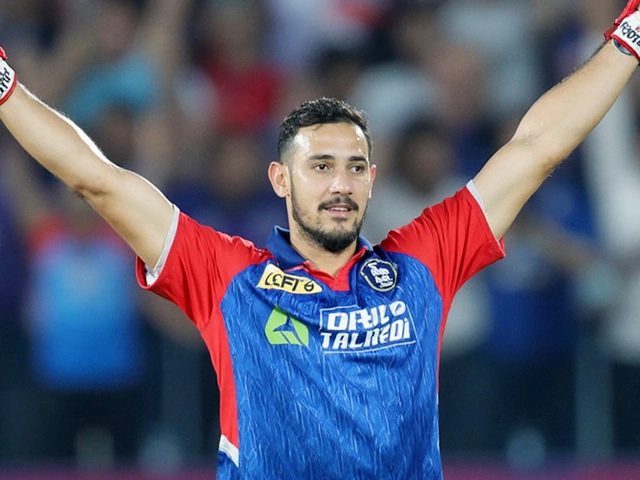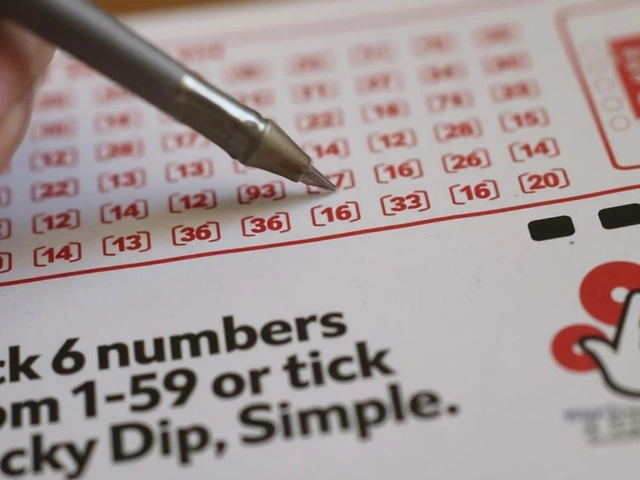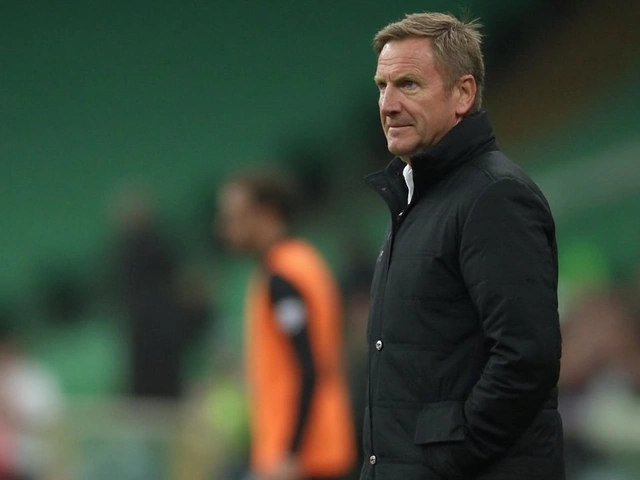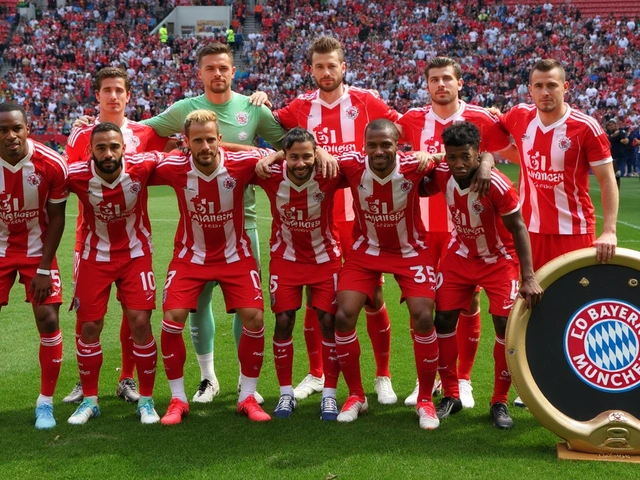Comparison Guide for New York Sports Coaching and News
Looking for a straight‑forward way to see how different coaching styles stack up, or which recent sports events are worth your time? You’re in the right place. We break down the most common comparisons you’ll hear around NY’s sports scene, from youth training to professional match‑day analysis, and we keep the language simple enough for anyone to follow.
Coaching Methods: Skill‑Focused vs. Game‑Focused
At the grassroots level, many coaches stress skill development – drills, technique work, and repetition. This approach builds a solid foundation, especially for kids who are just learning to throw, kick, or swing. On the flip side, a game‑focused style leans heavily on tactics, positioning, and decision‑making during actual play. The latter speeds up understanding of real‑world scenarios, but it can leave basic technique a bit shaky if overused.
Which one should you pick? If your athlete is under 12, a skill‑first plan usually yields faster improvement. Once they’re comfortable with the basics, mix in game‑focused drills to teach reading the play. The sweet spot is a hybrid schedule: two skill sessions a week, one tactical session, and a scrimmage to tie it all together.
Event Types: Local Leagues vs. Major Tournaments
New York offers a jumble of events, from community leagues that run every weekend to high‑profile tournaments that draw national media. Local leagues are great for consistent game time, networking with other players, and low‑cost entry. Major tournaments, however, give exposure, higher competition levels, and sometimes scouting opportunities.
If you’re a coach, treat local leagues as a testing ground for new drills and line‑ups. Reserve the big tournaments for polishing proven strategies and showcasing your best talent. For athletes, the choice depends on goals: regular play for fitness and fun, or a single high‑stakes match to gauge progress.
We’ve seen dozens of coaches use this comparison to plan season calendars. One NY youth soccer coach started the season with weekly league games, then entered a regional cup in month three. The team stayed sharp, and the tournament win boosted morale for the rest of the year.
Finally, remember that comparisons are tools, not rules. Every player, team, and sport has its quirks, so feel free to tweak the mix. Want more detailed breakdowns? Check our latest posts on specific sports – basketball, soccer, and baseball – where we dive deeper into drills, video analysis, and coaching certifications available in New York.
Stay tuned, keep comparing, and keep improving. The NY Sport Coaching Hub is here to help you turn each comparison into action.
Kieran Lockhart, Feb, 17 2023
What's bigger, the World Cup or the Super Bowl?
This article discusses the differences between the World Cup and the Super Bowl, two of the most popular sporting events in the world. It explains that the World Cup is the world's most watched event, with nearly 3 billion viewers tuning in for the 2014 tournament, while the Super Bowl was watched by nearly 1 billion viewers in 2018. It also looks at the financial cost of each event, with the World Cup estimated to cost around $6 billion compared to the Super Bowl's $4.5 billion. Finally, it looks at the size of the stadiums each event is held in, with the World Cup using many stadiums across multiple countries, while the Super Bowl only uses one stadium. Overall, the World Cup is a larger event than the Super Bowl in terms of viewership, cost, and size.
View More




